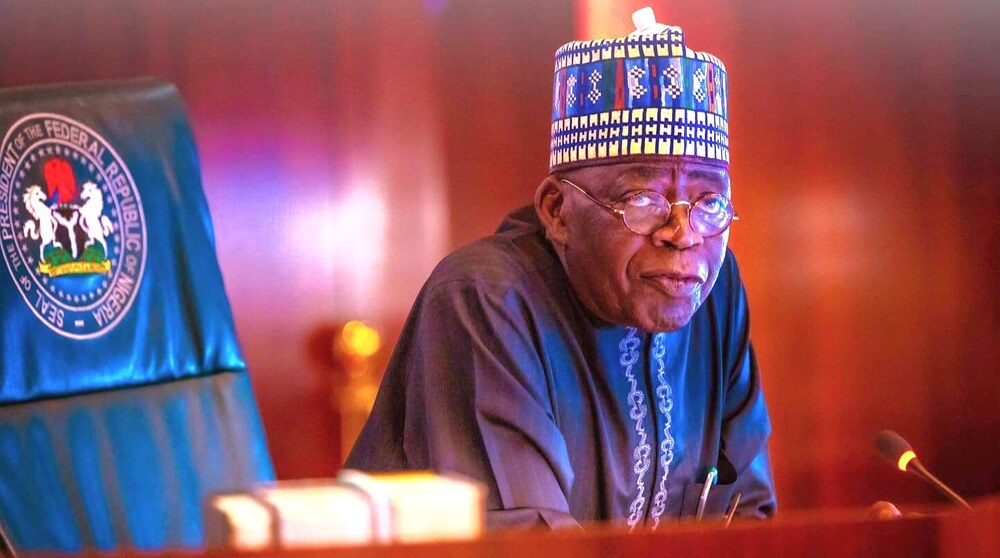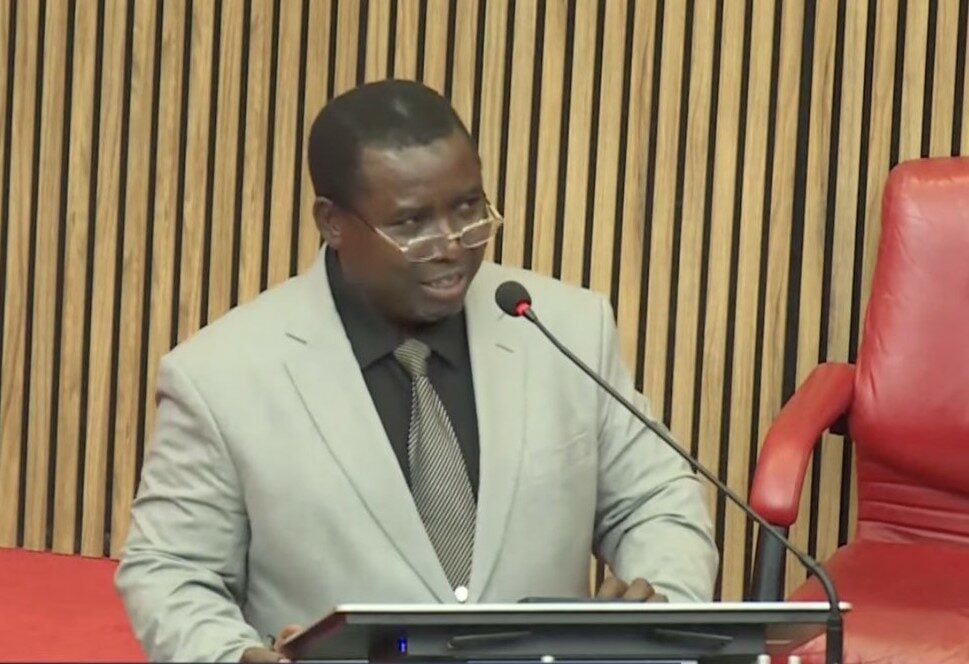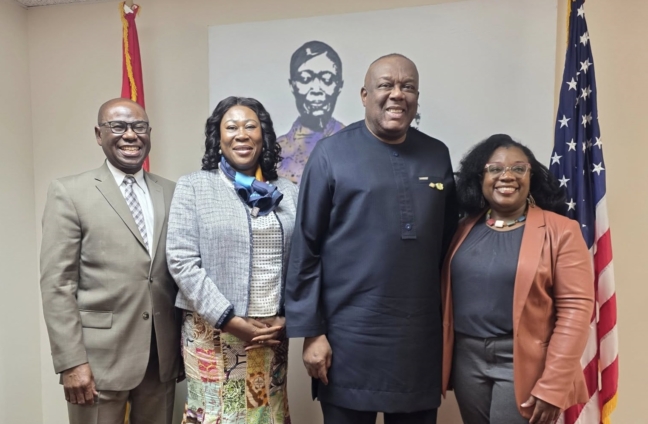New Pledges, Same Problem: Why the Latest NDCs Barely Move the Climate Needle

When the United Nations Environment Programme (UNEP) released its 2025 Emissions Gap Report in late October, the headlines should have sounded like sirens. Global greenhouse gas emissions have reached record highs, and even with the latest round of climate pledges known as Nationally Determined Contributions (NDCs), the world remains on track for a devastating 2.3–2.5 °C of warming by the end of this century.
The message was blunt: governments are not doing nearly enough.
Yet the reaction was muted. A few policy analysts whispered on X, diplomats issued guarded statements, and media outlets moved on to other crises. The climate emergency, it seems, has become just another recurring headline, more routine that doesn’t need so much attention.

What Are NDCs, and Why Do They Matter?
Under the 2015 Paris Agreement, every country must submit an NDC, a detailed plan outlining how it will reduce emissions and adapt to climate impacts. These are meant to be updated every five years, with each revision reflecting greater ambition.
In theory, NDCs should act as stepping stones toward the collective goal of keeping global warming below 1.5 °C. In practice, they have become a mix of good intentions and political hedging.
Many governments, especially those in the Global North, make promises tied to distant timelines,“net zero by 2050,” “carbon neutrality by 2060”, without binding enforcement or interim accountability. Others, particularly developing nations, link their climate action to international financial support that rarely materializes.
And, so, we get a result filled with patchwork of pledges that, when added up, still leave the world far short of safety.
The 2025 Reality Check
UNEP’s 2025 report is the clearest yet: Even if every country meets its latest NDC targets, the planet is still heading toward at least 2.3 °C of warming.
The remaining “carbon budget” for staying below 1.5 °C could be exhausted within two years.
Current global emissions are 10% higher than they were when the Paris Agreement was signed in 2015.
The report also revealed an uncomfortable truth: only a handful of countries, mostly small emitters, are on track to meet their current pledges. Major polluters like China, the United States, India, and the European Union are improving efficiency but not cutting overall emissions fast enough.
The world’s emissions gap is closing, yes, but at a snail’s pace while the planet’s thermometer keeps rising.
Pledges Without Power
So why are NDCs failing to deliver the promised transformation? Three big reasons stand out:
1. The Politics of Delay
Climate policy is inherently political. Many governments fear that aggressive emission cuts will hurt their economies or cost them elections. Fossil fuel interests, still among the world’s most powerful lobbies, continue to shape legislation behind closed doors.
At COP29 in Baku last year, oil-producing nations successfully watered down language on phasing out fossil fuels, replacing “phase out” with the vague “transition away.” The semantics might seem small, but the consequences are enormous.
2. The Finance Gap
Developing nations, particularly in Africa and South Asia, argue that they cannot decarbonize without financial and technological support. Yet the promised $100 billion per year in climate finance from developed nations, first pledged in 2009, has never been fully met.
Instead, what is often delivered are loans, not grants, deepening debt burdens for countries already struggling with poverty, droughts, and floods.
3. Data and Accountability Problems
Many NDCs rely on vague baselines, unverifiable metrics, or overly optimistic projections. Without robust monitoring and reporting systems, countries can claim progress even when emissions rise.
And it becomes obvious that we’re measuring promises, not pollution.

A World of Unequal Burdens
The irony of the current climate landscape is staggering. Africa, which contributes less than 4% of global emissions, faces some of the harshest consequences like heatwaves, droughts, desertification, and floods.
In Nigeria, for example, rising temperatures and irregular rainfall are crippling agriculture and energy production. In Kenya and Ethiopia, millions face food insecurity due to failed rainy seasons. And across West Africa, coastal erosion is swallowing entire villages.
Meanwhile, richer nations continue to expand oil and gas production under the guise of “energy security.” The Global North’s overconsumption is paid for by the Global South’s survival.
The climate crisis should not just be about carbon, it is should also echo justice. Because, as it stands, those who did the least to cause it are the ones paying the highest price.
Where Hope Still Lives
Despite the gloom, progress is not inherently absent. Renewable energy investment reached a record $1.8 trillion globally in 2024, outpacing fossil fuels for the first time. Solar energy has become the cheapest source of electricity in history.
Several countries, like Chile, Morocco, and Vietnam, are proving that rapid clean transitions are possible with the right mix of policy incentives, technology, and local engagement.
In Africa, initiatives such as the Great Green Wall and the Africa Adaptation Acceleration Program (AAAP) are showing promise in restoring degraded land and building climate resilience.
And perhaps most encouragingly, young people continue to lead. From Fridays for Future marches to localized movements like Nigeria’s Climate Reality Hub, Gen Z is turning climate anxiety into activism.
What Needs to Change
If the world is to bend the emissions curve, the next round of NDCs, expected by 2026. must be radically different from the last. Here’s what experts are calling for:
1. Legally Binding Targets: Pledges must have teeth. Countries should enshrine their NDCs into national law with enforceable penalties for non-compliance.
2. Transparent Tracking: Global institutions need standardized methods for measuring and verifying emissions.
3. Climate Finance Reform: Shift from debt-creating loans to grants. Prioritize loss-and-damage funding for vulnerable countries.
4. Fossil Fuel Phase-Out Timelines: Every NDC should include a clear roadmap for ending coal, oil, and gas dependence.
5. Global Solidarity, Not Diplomacy: The next decade must be about cooperation, not competition. Climate action cannot succeed in silos.
The Clock Is Melting
The uncomfortable truth is that the world has already delayed too long. Scientists warn that exceeding 1.5 °C of warming, even temporarily, could trigger irreversible tipping points like melting ice sheets, collapsing coral reefs, and disrupted ocean currents.
The carbon budget for 1.5 °C could be gone by 2027. Every fraction of a degree now matters.
Yet despair is not an option. The fight for climate stability remains one of human imagination, solidarity, and urgency. As UNEP’s Executive Director Inger Andersen said at the report’s launch:
“We still have the tools. What we lack is time and political will.”
That, perhaps, is the real emissions gap.
You may also like...
Elon Musk's $740 Billion Empire: The Tech Titan's Unprecedented Fortune Surpasses Rivals

Elon Musk has made history as the first person to exceed $700 billion in net worth, largely due to the reinstatement of ...
President Tinubu Demands More From APC, Eyes Structural Dominance

President Bola Tinubu and other APC leaders convened to strategize for the 2027 general election, emphasizing the critic...
INEC Confronts PDP Factions Amidst Leadership Battle

The Independent National Electoral Commission (INEC) has stated it will await the Court of Appeal's judgment regarding t...
Ghana's War on Illegal Mining Intensifies: Galamsey Crackdown Sparks Political Firestorm and Deployment of Blue Water Guards

Ghana's environmental fight intensifies with the repeal of L.I. 2462, a controversial law that permitted mining in fores...
Ghana's New US Envoy Makes Waves: Trump Welcome and 'Law Day' Launch Set Diplomatic Agenda

Ghana's Ambassador to the U.S., H.E. Victor Emmanuel Smith, has initiated a dual strategy to strengthen diplomatic ties ...
Katsina Corruption Storm: Ex-SSG Alleges Gov Radda Withholding Vital LG Funds

A former Katsina State Secretary, Dr. Mustapha Mohammed Inuwa, has accused Governor Dikko Umaru Radda of withholding loc...
Horror in Plateau: Mass Burial Conducted Amid Harrowing Genocide Claims

Reverend Ezekiel Dachomo conducted a mass burial in Plateau State following a terrorist attack that killed at least 12 m...
Super Eagles' AFCON Snub: Oliseh Blasts Maduka Okoye Omission Controversy!

Former Super Eagles midfielder Sunday Oliseh has provided a detailed explanation for Maduka Okoye's absence from Nigeria...
